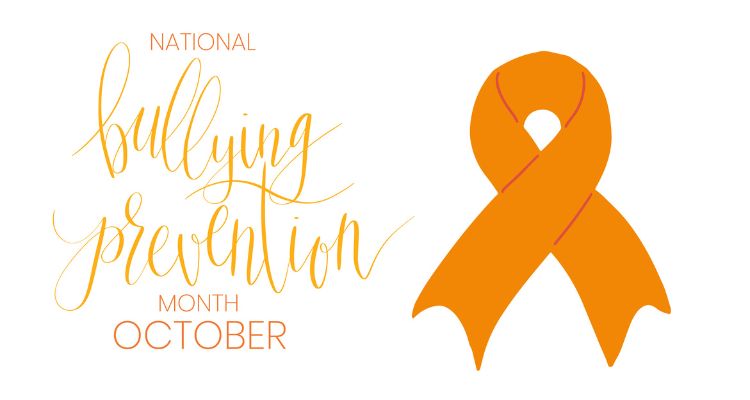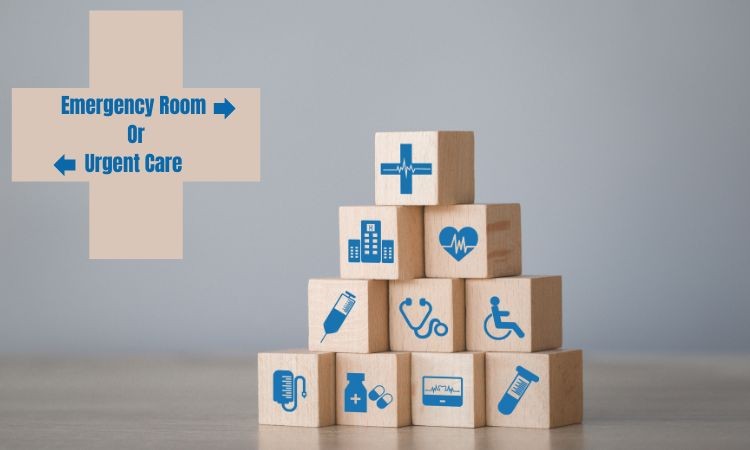October is National Bully Prevention Month

Every October, National Bullying Prevention Center hosts National Bullying Prevention Month to raise awareness and have conversations on how we can put an end to bullying. Despite the pushback bullying has received over the years, it has sadly remained a constant reality in many people’s lives.
You’ve probably seen it happen or been a victim yourself. The reasons why people bully others follow specific behavior patterns. Bullies tend to pick on a particular flaw or characteristic of a seemingly weaker person. However, that isn’t what is driving them to do so. It is more about taking out stress, frustration, or trauma from their past on someone else and gaining some sense of power, control, and purpose.
National Bully Prevention Month: Because the Statistics are Staggering
Even with more focus and commitment to stop bullying, much more must be done. Numbers don’t always tell the whole story, but they tell an essential part of one that can’t be overlooked or ignored. The following statistics are from an online article written by Becton Loveless, Education Corner:
- 90% of students in grades 4-8 report having been harassed or bullied.
- 28% of students in grades 6-12 experience bullying.2
- 20% of students in grades 9-12 experience bullying. (gov)
- In grades 6-12, 9% of students have experienced cyberbulling.2
- Over 160,000 kids refuse to go to school each day for fear of being bullied. (Nation Education Association)
- 6% of students report having witnessed bullying in their school–and over 71% say bullying is a problem.
- Over 10% of students who drop out of school do so due to being bullied repeatedly.
These numbers are as upsetting to read as they are alarming.
Bullying Isn’t Limited to Just Children

A reported 31% of Americans have been bullied as an adult. And according to sociologist Matt DeLisi from Iowa State University, adults who were bullies as children are more likely to have aggressive behaviors later in life.
Yet another reason there needs to be a real effort towards helping the bullies and the bullied when they are young. This is to break the cycle and help to heal the core reasons for the behavior in the first place.
How Can We Prevent Bullying?
National Bully Prevention Month is a perfect time to educate people. For example, if you notice that your usually outgoing child or friend has become withdrawn, is missing school, or is suddenly reluctant to use the internet or their phone, it could be a sign that someone is bullying them.
Don’t be a bystander if you see someone being bullied in person or cyberbullied on social media. Instead, speak up and let the bully know that their behavior is not acceptable. The more that people get involved, the better chance for real change. Schools and businesses alike need to have clear plans for disciplining this behavior.
Don’t Keep it to Yourself

If you’re the one being bullied, understand that it’s not your fault, and you don’t have to put up with it. Talk to someone you trust—a friend, parent, teacher, doctor, or counselor—about the incident in detail. There are also centers like the National Bullying Prevention Center that you can contact for support.
Remember, we all have a role to play in preventing bullying.
Our health care professionals focus on the medical and emotional issues that commonly affect children, including mental health and social and emotional development. Contact us today to request an appointment.






